Embarking on a wildlife safari in the lush national parks of India is an adventure like no other.
Home to a wide array of endemic and exotic fauna, India’s national parks offer thrilling opportunities for wildlife enthusiasts.
From the Royal Bengal Tiger to the Great Indian Rhinoceros, every safari in these parks presents a unique encounter with the country’s majestic wildlife.
This comprehensive guide takes you through the best national parks in India for a wildlife safari, detailing the experiences and sights each park has to offer.
Table of Contents
Ranthambore National Park, Rajasthan
Ranthambore, located in the heart of Rajasthan, is one of the premier destinations to spot the Royal Bengal Tiger in its natural habitat.
The park, once a hunting ground for Maharajas, is now a significant wildlife conservation area. Apart from tigers, you might encounter leopards, hyenas, sloth bears, and various species of deer on your safari.
The park’s landscape, dotted with ancient ruins and the imposing Ranthambore Fort, adds a historic charm to your wildlife expedition.
Kaziranga National Park, Assam
Home to the world’s largest population of the one-horned rhinoceros, Kaziranga National Park is a UNESCO World Heritage Site.
Your safari here is not limited to the land; embark on a thrilling elephant safari for up-close encounters with the rhinos.
Other inhabitants of the park include elephants, water buffaloes, swamp deer, and a rich variety of birdlife, making Kaziranga a haven for wildlife photographers.
Corbett National Park, Uttarakhand
India’s first national park, Corbett is named after the famed conservationist Jim Corbett.
Nestled in the foothills of the Himalayas, this park offers a picturesque landscape of hills, grasslands, marshes, and lakes.
Tigers, elephants, and several species of deer are commonly sighted here. Moreover, Corbett is a paradise for bird-watchers, housing over 500 bird species.
Kanha National Park, Madhya Pradesh
The inspiration for Rudyard Kipling’s ‘The Jungle Book,’ Kanha National Park is one of India’s largest reserves.
The park’s star attractions are its tigers and barasingha (swamp deer), the latter being an endangered species that Kanha has successfully conserved.
Explore the park’s lush sal and bamboo forests, grassy meadows, and winding streams on a jeep safari for an enthralling wildlife experience.
Bandipur National Park, Karnataka
Situated in the southern state of Karnataka, Bandipur National Park forms part of the Nilgiri Biosphere Reserve.
The park’s dry deciduous forests are home to elephants, gaurs (Indian bison), tigers, and leopards.
A safari in Bandipur also offers glimpses of its unique flora and panoramic views of the Western Ghats.
Sundarbans National Park, West Bengal
The Sundarbans, a UNESCO World Heritage Site, is a vast mangrove forest shared by India and Bangladesh.
This national park is the largest reserves for the Bengal tiger and is known for its unique tiger population that has adapted to aquatic conditions.
Exploring the Sundarbans on a boat safari presents an entirely different wildlife experience as you navigate through its network of tidal waterways.
Planning Your Safari
Wildlife safaris in India are typically conducted twice a day, in the early morning and late afternoon, when animals are most active.
Safaris are carried out in open jeeps or, in some parks like Kaziranga and Sundarbans, on elephant back or boats.
It’s advisable to book your safari in advance, especially during peak seasons.
Remember, every safari is unpredictable – it’s the beauty and thrill of wildlife spotting. Dress in neutral colors, carry binoculars, follow the park rules, and respect the animals’ space.
India’s national parks are a testament to the country’s rich biodiversity and efforts in wildlife conservation.
Each safari is an adventure that brings you closer to nature and leaves you with an enhanced appreciation for wildlife. So, buckle up for a thrilling ride through the wild side of India!
Choosing the Right National Park
Selecting the right national park is crucial for an enriching safari experience.
Each park has its unique ecosystem, providing a distinct array of wildlife.
Consider factors such as location, the species you want to witness, and the park’s reputation for wildlife sightings.
Best Time for Safari
Understanding the seasonal patterns is key to optimizing your wildlife safari experience. Different parks have peak wildlife activity at specific times of the year.
Research the best months for visiting to maximize your chances of spotting elusive creatures.
Types of Wildlife Safaris
Jeep Safaris
Jeep safaris are the most popular and versatile option, allowing you to cover vast areas and spot wildlife from a safe distance.
Elephant Safaris
For a unique perspective, opt for an elephant safari. This silent mode of transport allows you to get up close and personal with wildlife, especially in dense forests.
Boat Safaris
In parks with water bodies, boat safaris offer a serene experience, letting you witness aquatic species and birds in their natural habitat.
Flora and Fauna Diversity
India’s national parks boast an incredible diversity of flora and fauna.
Explore the rich tapestry of ecosystems, from dense jungles to sprawling grasslands, and encounter a wide range of animal species, including tigers, elephants, and vibrant birdlife.
Top National Parks for Wildlife Safari
Jim Corbett National Park
Known for its tiger population, Corbett National Park is a haven for wildlife enthusiasts. Explore the Dhikala Zone for an immersive safari experience.
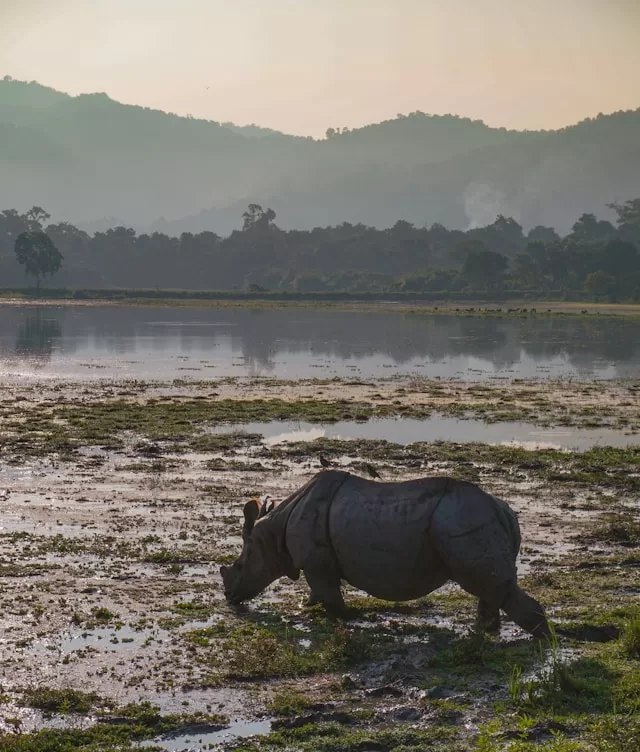
Ranthambore National Park
Ranthambore is famed for its historic ruins and a thriving tiger population. The picturesque landscapes add to the allure of this national park.
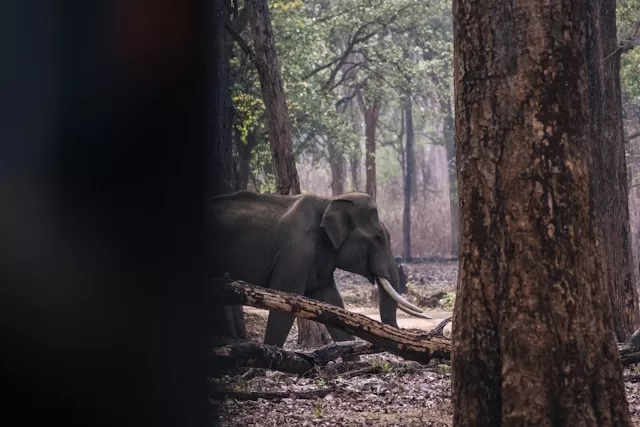
Kaziranga National Park
Home to the one-horned rhinoceros, Kaziranga is a UNESCO World Heritage Site. Embark on an unforgettable safari to witness these majestic creatures.
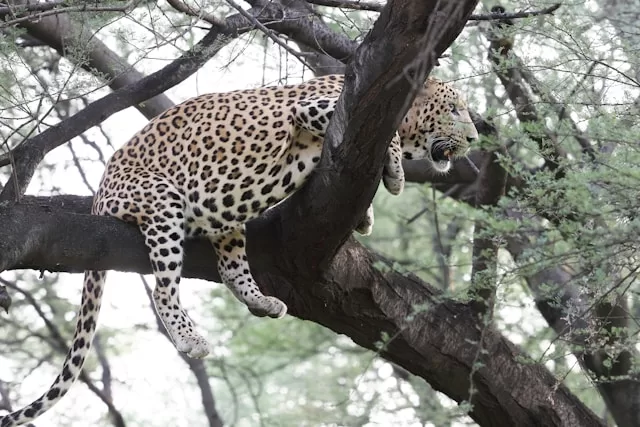
Booking Safari Permits
Securing permits in advance is essential, especially for popular parks. Each park has a limited number of visitors allowed per day to maintain the delicate balance of its ecosystem.
Essential Packing List
Pack wisely for your safari, including essentials like binoculars, comfortable clothing, sturdy shoes, and a camera to capture the mesmerizing moments.
Guidelines for Responsible Wildlife Tourism
Practice ethical tourism by following guidelines to minimize your impact on the environment. Respect wildlife habitats, maintain a safe distance, and adhere to the park regulations.
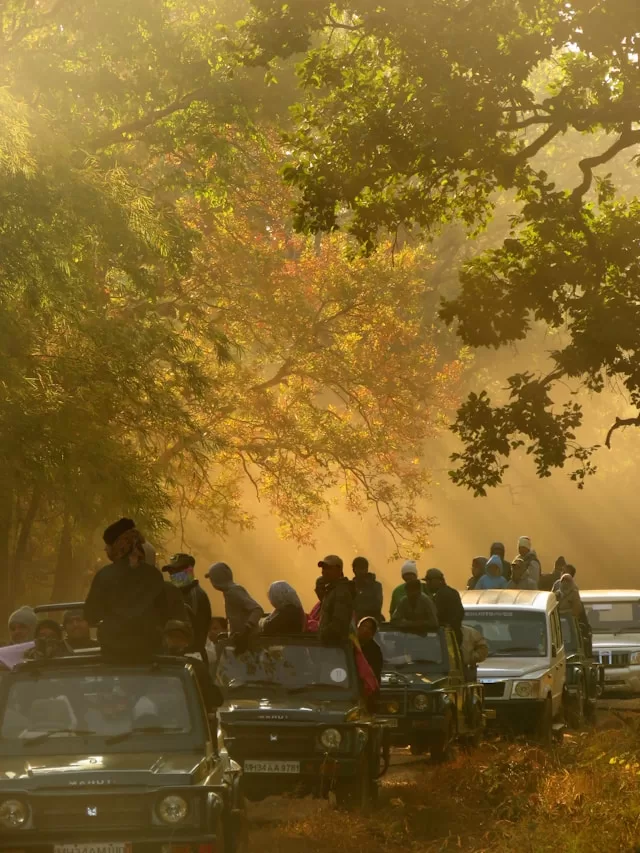
Photography Tips
Capture stunning moments with these photography tips. Use a telephoto lens for wildlife shots and consider the play of light during different times of the day.
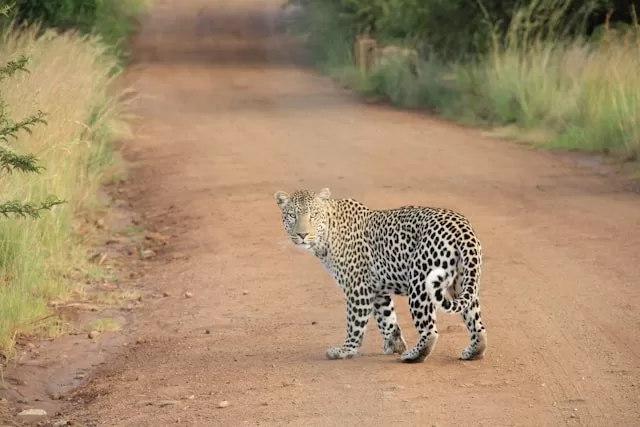
Local Culture and Cuisine
Immerse yourself in the local culture by exploring nearby villages and savoring regional cuisine. Interact with locals to gain insights into their sustainable practices and traditional knowledge.
Accommodation Options
Choose accommodations that align with your preferences, ranging from eco-friendly lodges to luxurious resorts. Many national parks offer unique stays within the park premises for an immersive experience.
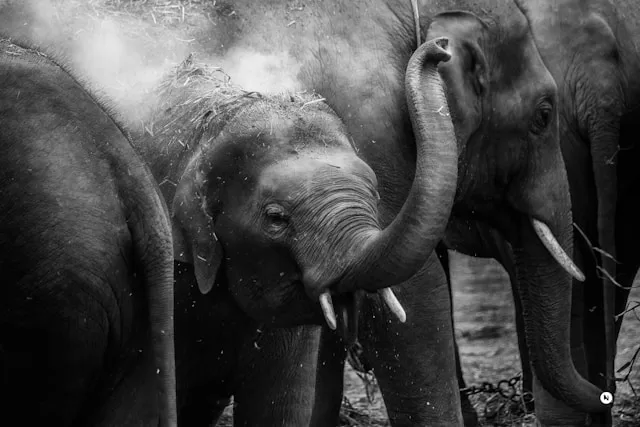
Safety Measures
Prioritize safety by following guidelines provided by park authorities. Be aware of wildlife behavior, stay within designated areas, and cooperate with experienced guides.
Common Challenges During Safari
Prepare for challenges such as unpredictable weather, limited visibility, and wildlife shyness. Patience is key; these challenges are part of the thrill of a wildlife safari.
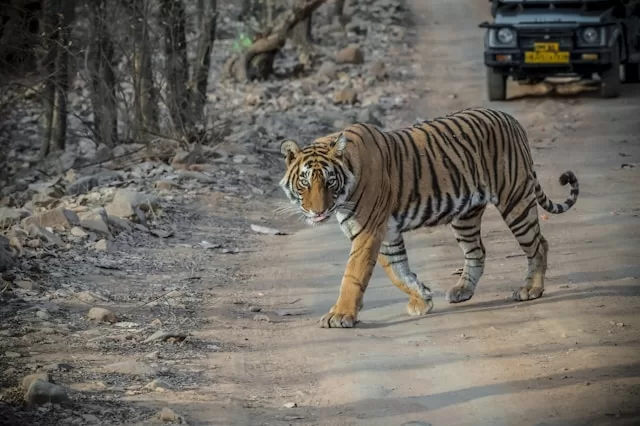
Conclusion
Embarking on a wildlife safari in India is an awe-inspiring journey into the heart of nature.
With careful planning and a deep appreciation for the environment, you can create lasting memories surrounded by the breathtaking beauty of India’s national parks.
FAQs
- Can I book a safari permit on the day of the visit?
- It’s advisable to book permits in advance, as many parks have a limited daily quota.
- What should I do if I encounter a wild animal during the safari?
- Remain calm, avoid sudden movements, and follow the guide’s instructions.
- Are children allowed on wildlife safaris?
- While some parks have age restrictions, many cater to family safaris with age-appropriate guidelines.
- How can I contribute to wildlife conservation during my visit?
- Support local conservation efforts, adhere to responsible tourism practices, and spread awareness about wildlife conservation.
- Is it safe to participate in night safaris?
- Night safaris are generally safe when conducted by authorized guides. Follow safety guidelines for an enjoyable experience.

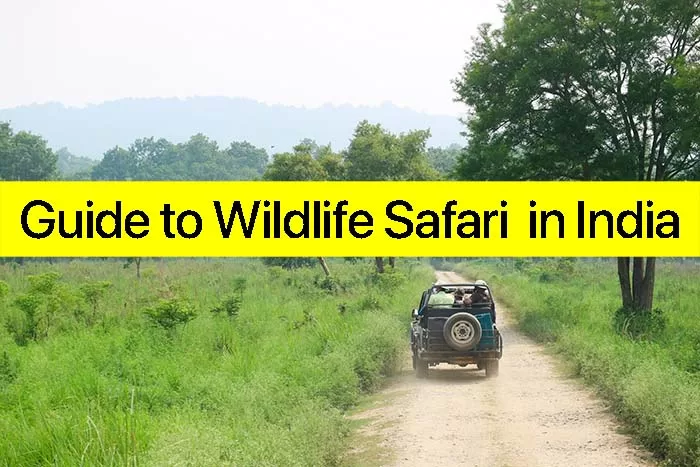
0 Comments